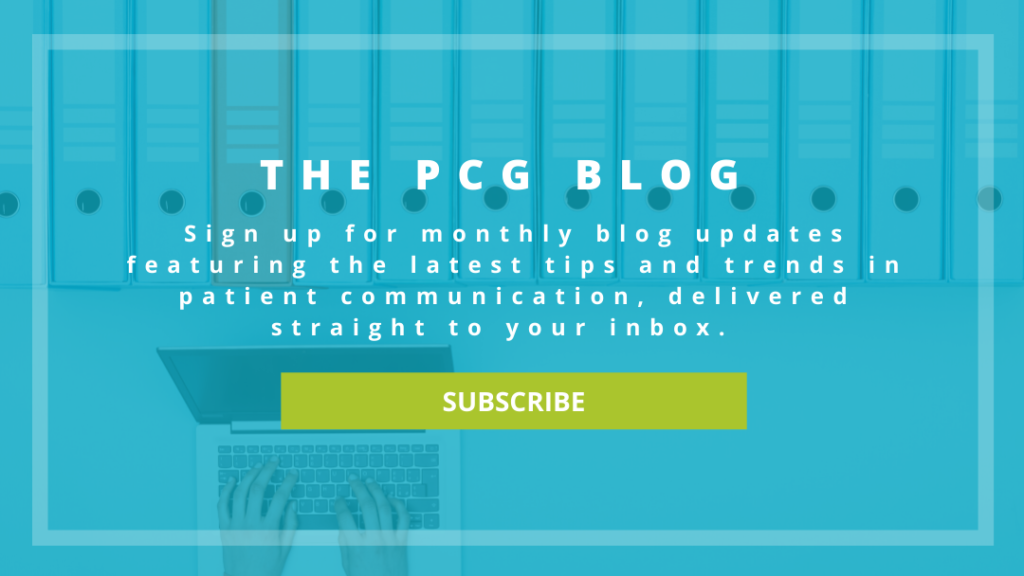As the percentage of patient financial responsibility continues to rise, medical practices find it more challenging than ever to collect payments for medical expenses. According to a 2019 Kaiser Family Foundation study, 73% of providers report that it takes one month or longer to collect outstanding payments from patients. Fortunately, many practices are implementing innovative new strategies to educate patients, speed up the payment process, and adapt to patient billing preferences. In this post, we outline our top suggested strategies to prevent and collect on past-due patient payments.
- Collect Patient Data Pre-Visit
It is important to know as much as possible about a patient’s demographic, insurance, and payment information prior to their visit. Medical providers should strongly consider how to simplify the registration process to include pre-visit demographic data gathering as well as a real-time insurance eligibility check as soon as an appointment is made. This can assist with estimating patient costs to be able to discuss financial responsibility prior to a visit. Patients should have every opportunity to fill out their intake forms prior to their visit either online, delivered with an appointment reminder or on the provider’s website, or at a kiosk in the practice waiting room. When a patient provides their demographic information in advance and understands what your services will cost, they make a mental commitment to follow through with both the appointment and the payment. Practices can take advantage of additional automation capabilities to collect patient and insurance data by allowing patients to:
- schedule appointments online with minimal demographic and insurance information required at the time of scheduling
- receive text and email appointment reminders with links to electronic pre-visit paperwork to complete the profiles
- Access mobile check-in capabilities with links to electronic pre-visit paperwork
Practice staff can accurately predict patient financial responsibility, and put time back into their workflow, by securing necessary patient demographic and insurance information prior to the visit. Patients are also far more likely to attend a visit if they have committed time and effort to providing information for the visit beforehand.
- Help Patients Know Their Share
For a provider, the true value of a dollar received for services depends on the timing of its collection. Healthcare organizations used to shy away from asking patients for payment in advance of a service, but that trend is changing and for good reason. Discussing patient financial responsibility prior to their visit is a key strategy to proactively collect patient payments in full. A growing trend is to utilize accurate advance patient cost estimation, which can be as simple as following these tips:
- gathering the patient’s insurance and eligibility information prior to their visit
- assessing recent insurance reimbursement for the same procedures by your provider
- confirming the current state of a patient’s deductible
- and confidently predicting upfront what a patient’s financial responsibility will be
By presenting this information prior to the visit, and discussing it again at recurring visits, this can open a pathway for transparency and payment preparation between the practice and the patient.
- Be Transparent about Medical Bills Before, During, and After Care
Regardless of the amounts, patients are more likely to delay paying their financial responsibility if their providers and staff do not explain medical bills and make it easy to pay them. Confusion about how much they owe and how to pay were top factors contributing to patients’ avoidance of medical bill payment, according to this article. To improve upfront collections from patients, practices need to think like retail, not healthcare businesses. That means offering customized, web-based, and self-service payment opportunities. While patients want easy access to online bill pay, they are not always given that opportunity. Patients should be able to submit payments via online payment portals, through links on the practice website as well as on their statements. Patients also benefit from notifications regarding when payments are due and simple online access to view their balance.
- Offer a Payment Plan
According to a recent poll by the Kaiser Family Foundation, medical bills top the list of patient concerns about healthcare and finances. Practices like yours can help alleviate the burden of healthcare costs by offering automated payment plans. Many third-party vendors and banks offer practices payment plan programs to divide large medical bills into more affordable payments over time. Offering this option will help you collect more patient payments over time and retain your patients’ loyalty overall. Payment plans are in high demand. In fact, many patients are more likely to return to a practice which offers a loan or payment plan program.
Takeaway:
The well-executed use of advance cost estimation and financial responsibility conversations with patients are key factors to helping a practice collect patient payments. As patient liability for healthcare costs continues to rise, practices can always do more to better prepare their patients for fulfilling their financial responsibilities, and in turn mitigate post-visit collections or at least streamline them. By utilizing workflow procedures to be able to educate patients of their financial responsibility, providing a more effective payment process, and adapting to patient payment capability preferences, practices can reduce their efforts in chasing down payments after a visit. Overall, effective patient billing is about engaging and educating patients and leveraging the latest technology to make the process transparent and convenient.

